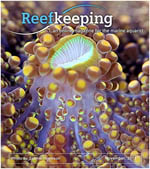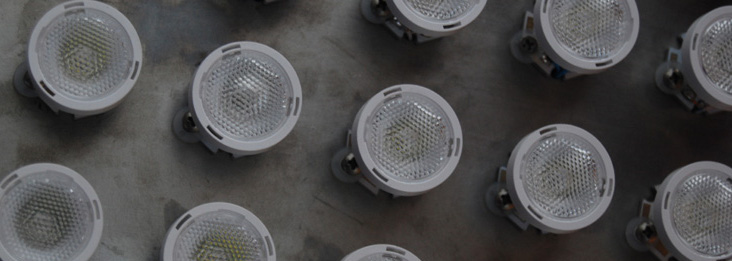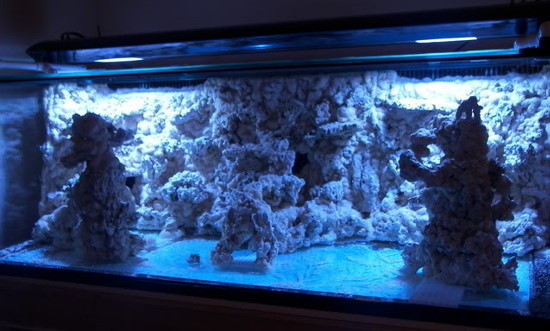Cliff Babcock and Dr. Randy Holmes-Farley explain how the simple household product, vinegar, can be used to maintain or even reduce nitrate problems in the saltwater aquarium. This cheap product has been used in top-off waters for many years to help supersaturate lime (calcium hydroxide), but may have been aiding in controlling common issues unknowingly. Click the following link to learn more. Read more...
 DoItYourself
DoItYourself
Stats:
 | Today | 3303 |
 | Yesterday | 19722 |
 | This week | 29885 |
 | Last week | 54704 |
 | This month | 53728 |
 | Last month | 217069 |
 | All days | 34067246 |
Your IP: 3.139.239.109
Mozilla 5.0,
Today: May 06, 2025
- Error
-
- JUser::_load: Unable to load user with id: 69
Vinegar Dosing Methodology for the Marine AquariumPosted in Bloggies on June 01, 2012 by Nathaniel A. Walton
Light is one of the most important tools at the disposal of the reef aquarium hobbyist. Our corals and other photosynthetic livestock require intense light of the correct spectrum to grow and thrive. The methods commonly used today - high output fluorescent or metal halide lamps - are well established and viable sources of light. Their use has become well accepted as a standard approach, despite their shortcomings. LED lighting offers an alternative for people who are interested in a different approach that can address some of those shortcomings, while providing some exciting new advantages. As with many new technologies in the reefkeeping hobby, the DIY community has begun embracing LED lighting. This has created a flurry of questions from people interested in building their own LED fixtures:
So, if DIY LEDs have caught your interest, stay tuned to Reefkeeping Magazine! Written by Nate Enders Photo courtesy Reef Central member Santoki Tags: DoItYourself, Lighting, Equipment, Gadgets Homemade Fish FoodPosted in Bloggies on January 31, 2010 In my opinion, do-it-yourself homemade frozen foods are a great way to feed all of the picky fish in your tank, and it also offers a way to find something that all of them like. So, I thought I would write something up and show how I make mine. I will start by suggesting you find as much fresh seafood as you can from the seafood market at better grocery stores. Some of the frozen stuff has a lot of extra additives that I just don't feel comfortable with, so I typically avoid using any of that. From the seafood department at a grocery store-
I also add-
Tags: DoItYourself, MarineFish, Article, Feeding DIY Swirler SteinPosted in Bloggies on January 05, 2010 Have you ever wanted some good random flow in your tank but your wallet tells you that you're on a budget? Check out this thread for an inexpensive way to add some good flow to your tank without busting the bank. Tags: DoItYourself, Equipment Are you setting up a new tank and wondering how to aquascape your new toy? Do-it-yourself foam structures offer a way to build a unique, custom-designed reef. Check out this thread in the Do-it-Yourself forum:
Have you ever thought of modifying your VorTech? Well, Adam Blundell has done just that. In this new article in Reefkeeping Magazine, Adam explains the process... "I’ve been working with the EcoTech Marine VorTech pump for over a year now. I’ve burned them up, broken parts, run them dry and done all sorts of things you wouldn’t normally try on a $400 pump. Thankfully, it’s my job. Overall, I’d have to say I am very pleased and certainly impressed by these pumps. For people (like me) who are fascinated with water flow patterns, the use of sync/anti-sync technology is a playground of wonder. Additionally, the shear volume and direction of the flow creates many opportunities. Read more...
|















